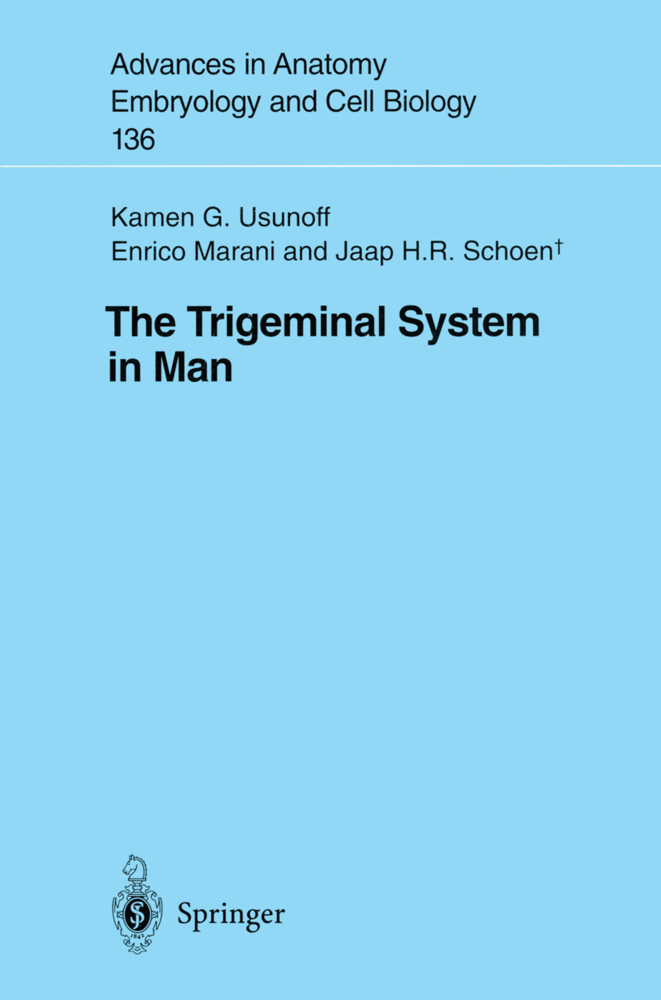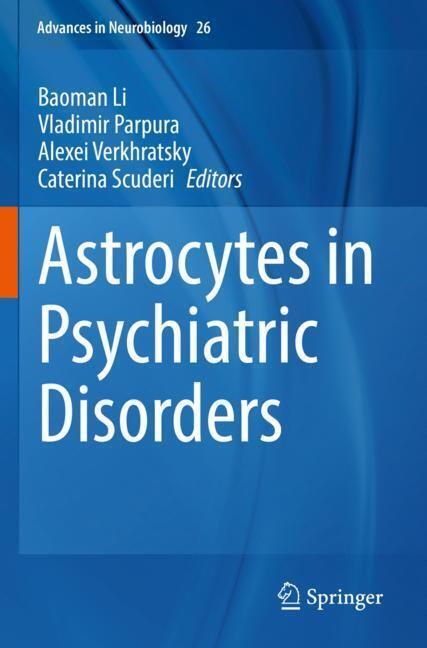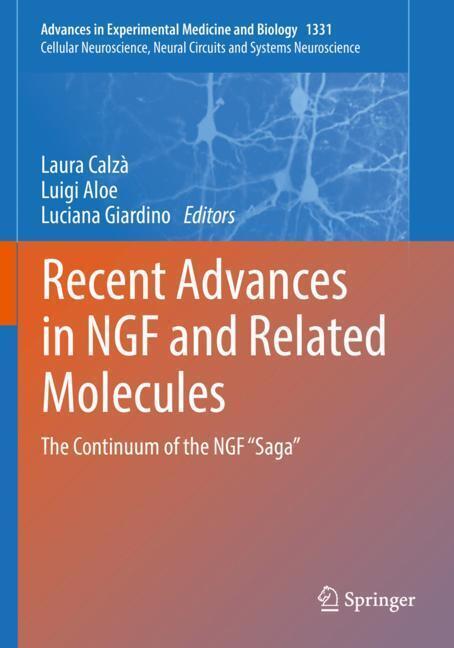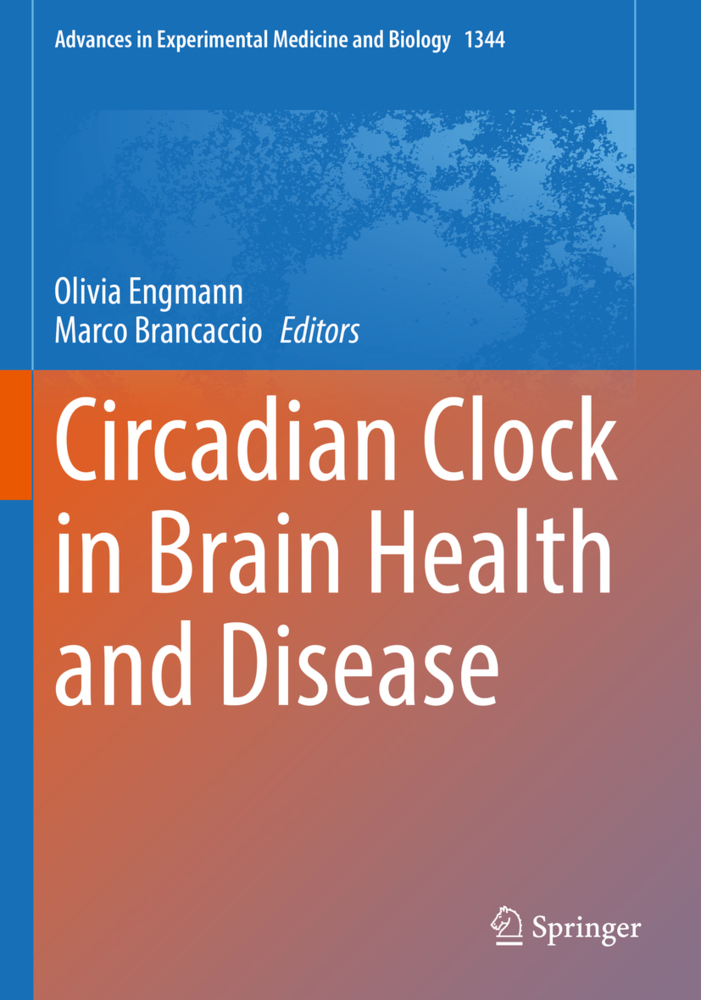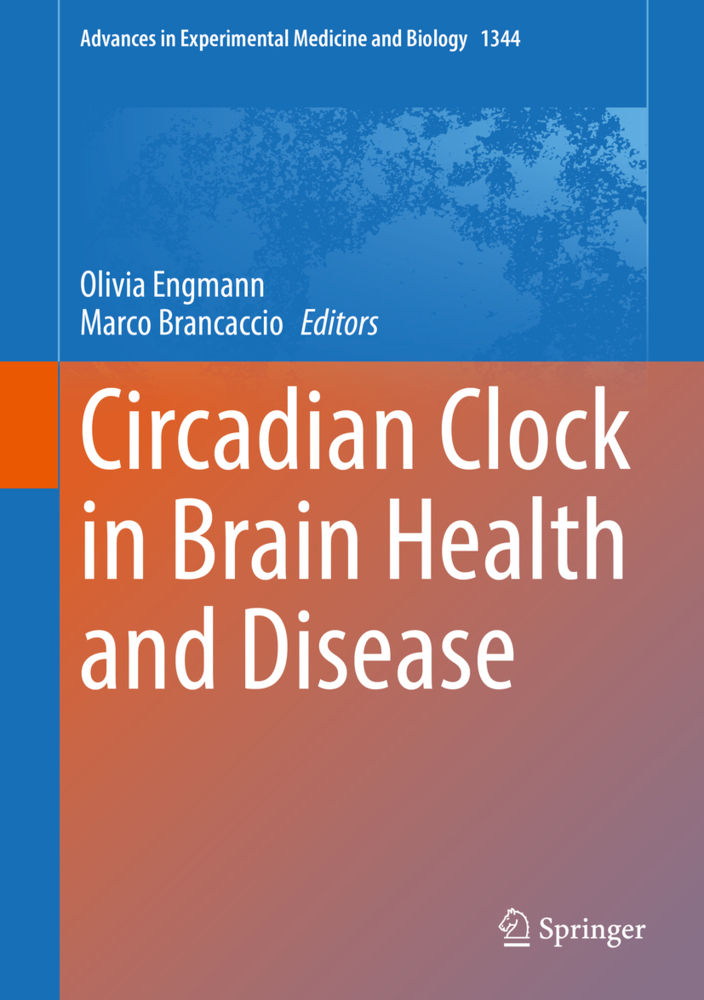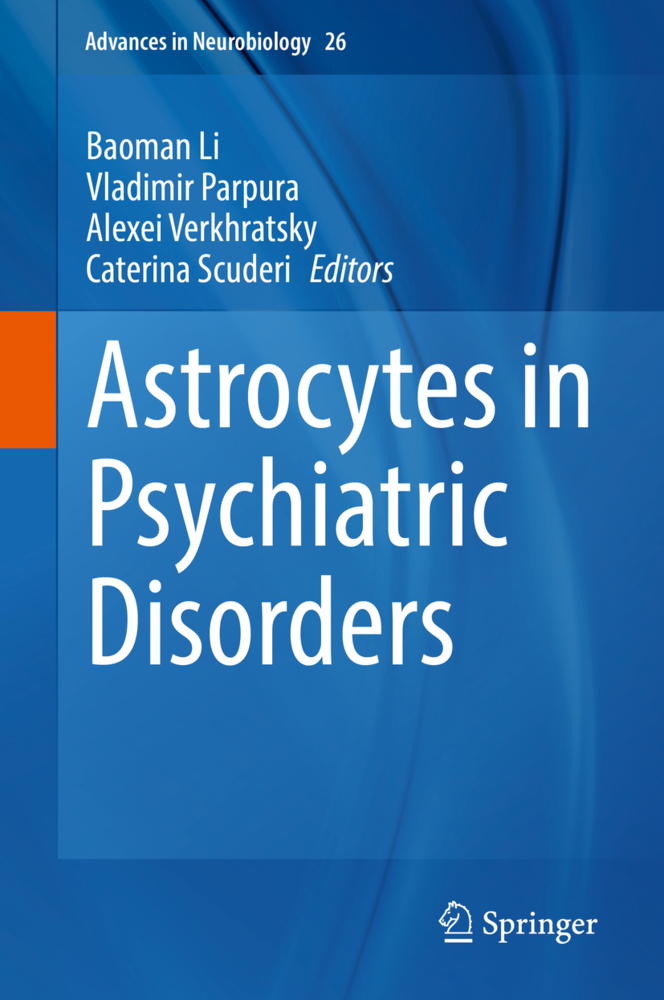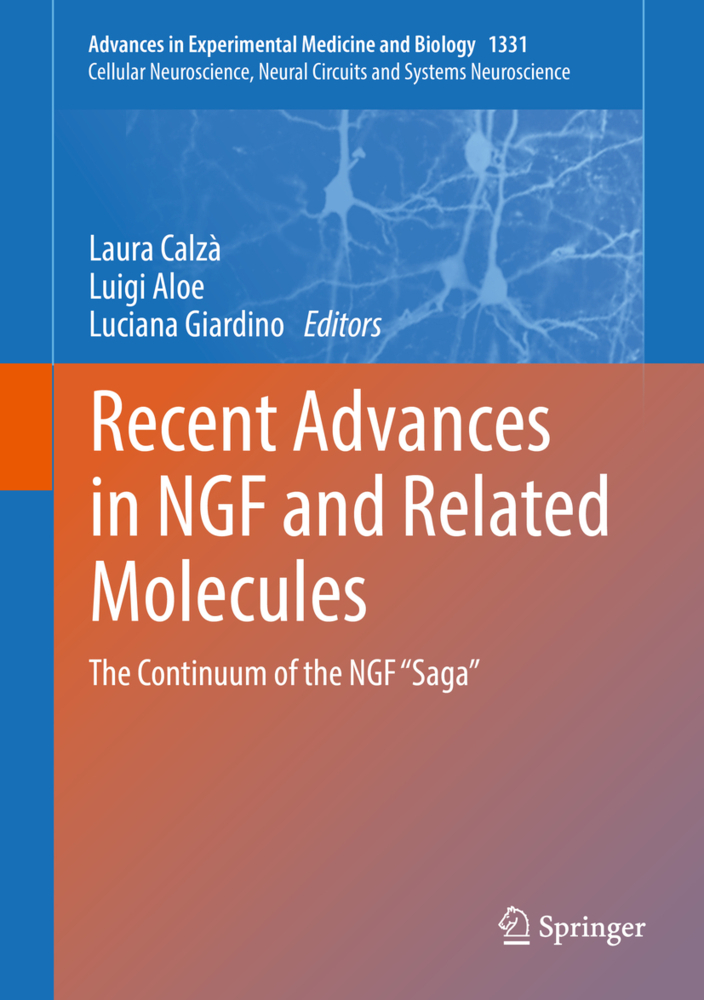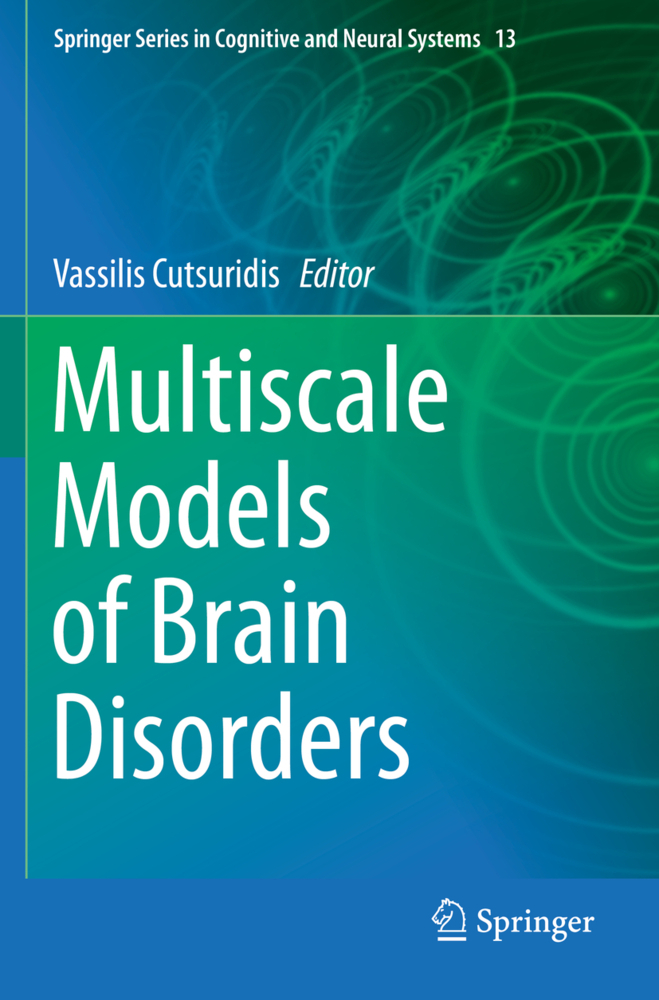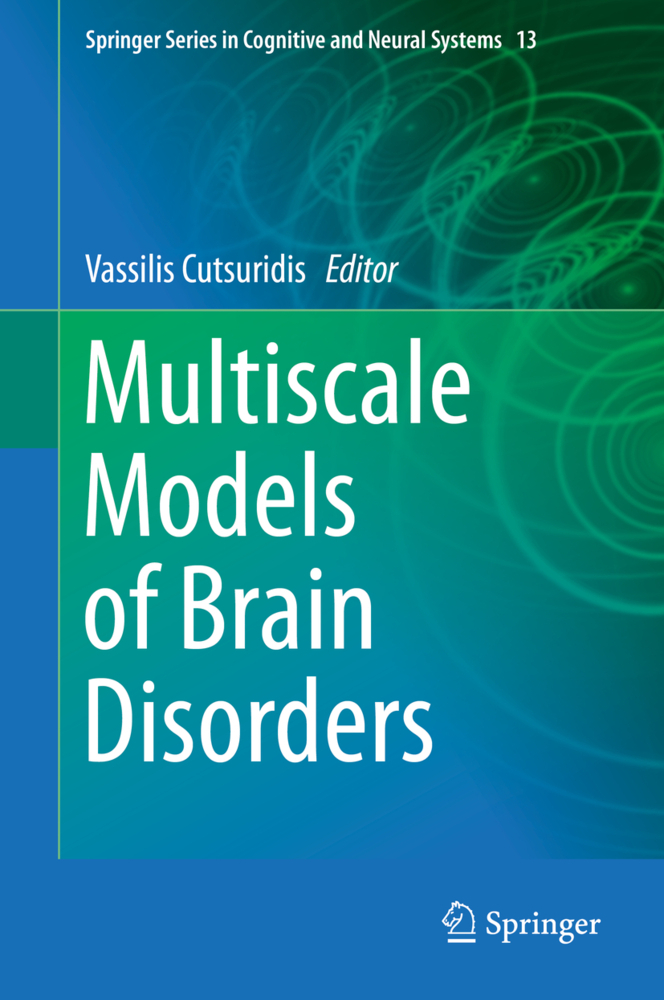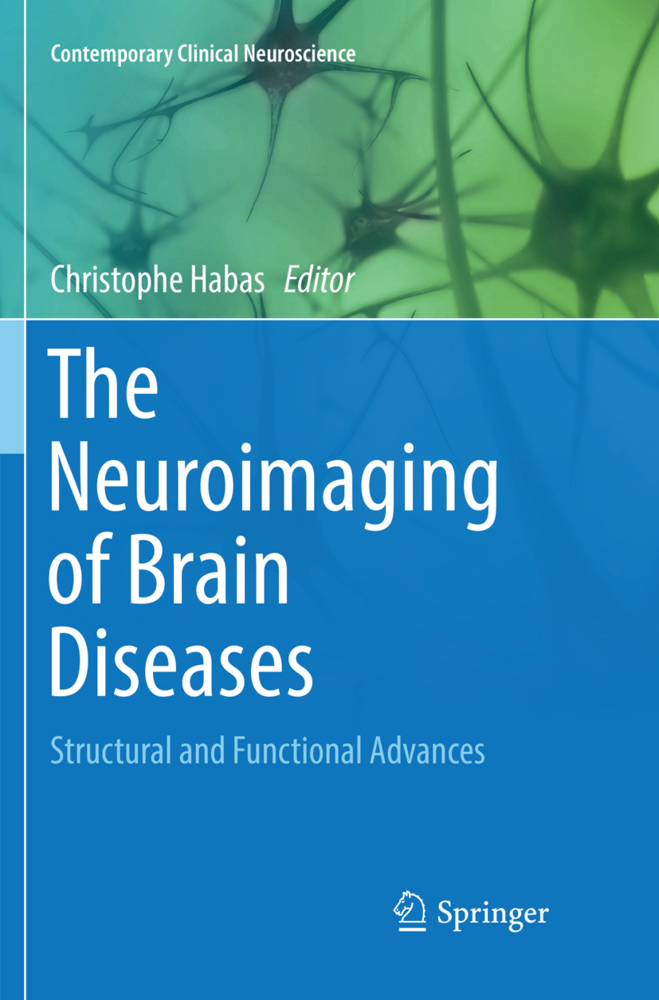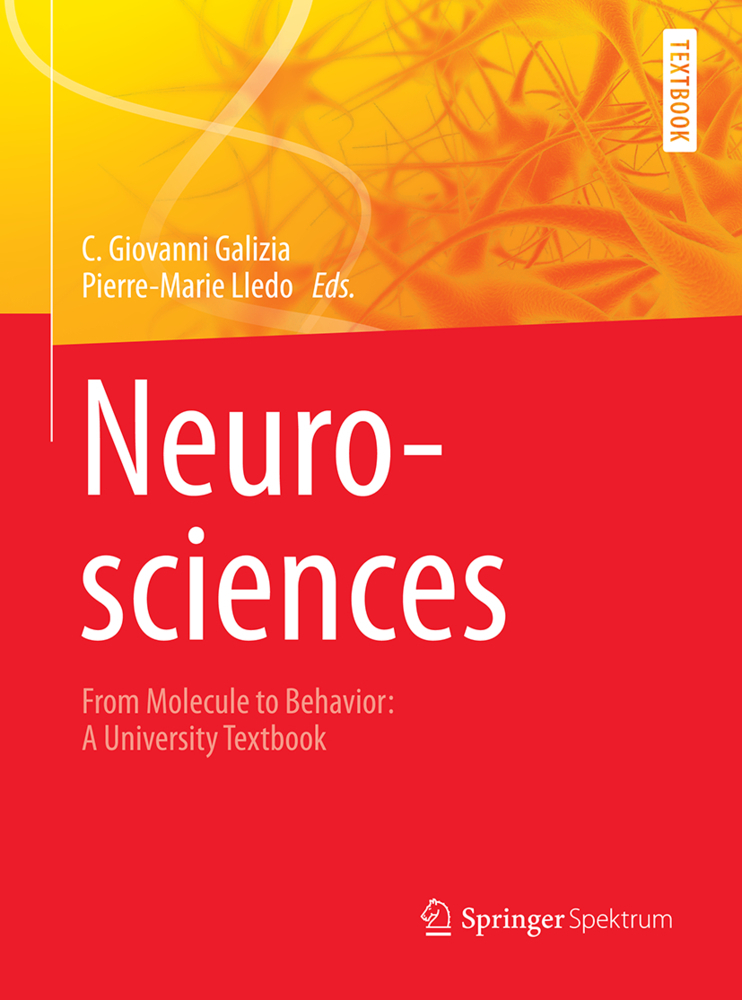The Trigeminal System in Man
The Trigeminal System in Man
This monograph offers a comprehensive review of present knowledge of the structure and connections of the trigeminal nuclei in humans, and compares it to laboratory animal findings. The authors provide cytoarchitectural data from their own research, and trace trigeminal pathways in human material by means of the Nauta technique. In humans the trigeminal nuclear complex includes the motor nucleus, the principal sensory (pontine) nucleus, the spinal nucleus (subdivided into oral, interpolar and caudal nuclei), and the mesencephalic nucleus and several small nuclei. The supratrigeminal nucleus, as described in various mammals, is not defined in the human brain. The primary afferents to all subdivisions of the trigeminal nuclear complex in humans appear to be entirely ipsilateral. Some of the 'extratrigeminal' primary afferents described in experimental animals are also present in the human brain and the nucleus ovalis receives primary and possibly secondary afferents from the trigeminal systems. A significant difference between the human trigeminal system and the subprimate species is seen in the monosynaptic cortical projection to the motor trigeminal nucleus.
3 Results
3.1 Normal Cyoarchitecture and Myeloarchitecture of the Trigeminal Nuclear Complex
3.2 Neuropathologic Cases
4 Discussion
4.1 Normal Structure of the Trigeminal Nuclei
4.2 Discussion of the Trigeminal Pathways
5 Summary
5.1 Normal Structure of the Trigeminal Nuclei
5.2 Trigeminal Pathways
Acknowledgements
References.
1 Introduction
2 Material and Methods3 Results
3.1 Normal Cyoarchitecture and Myeloarchitecture of the Trigeminal Nuclear Complex
3.2 Neuropathologic Cases
4 Discussion
4.1 Normal Structure of the Trigeminal Nuclei
4.2 Discussion of the Trigeminal Pathways
5 Summary
5.1 Normal Structure of the Trigeminal Nuclei
5.2 Trigeminal Pathways
Acknowledgements
References.
Usunoff, Kamen G.
Marani, Enrico
Schoen, Jaap H.R.
| ISBN | 978-3-540-62786-9 |
|---|---|
| Medientyp | Buch |
| Copyrightjahr | 1997 |
| Verlag | Springer, Berlin |
| Umfang | X, 126 Seiten |
| Sprache | Englisch |

